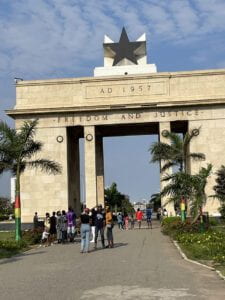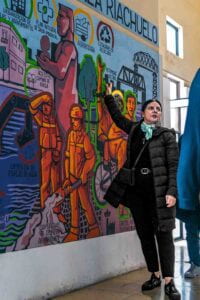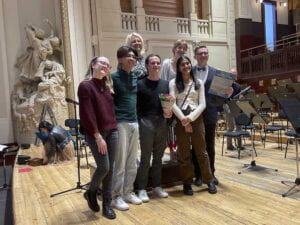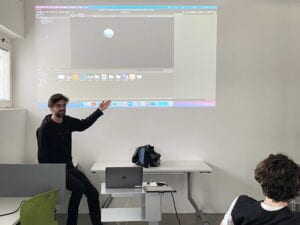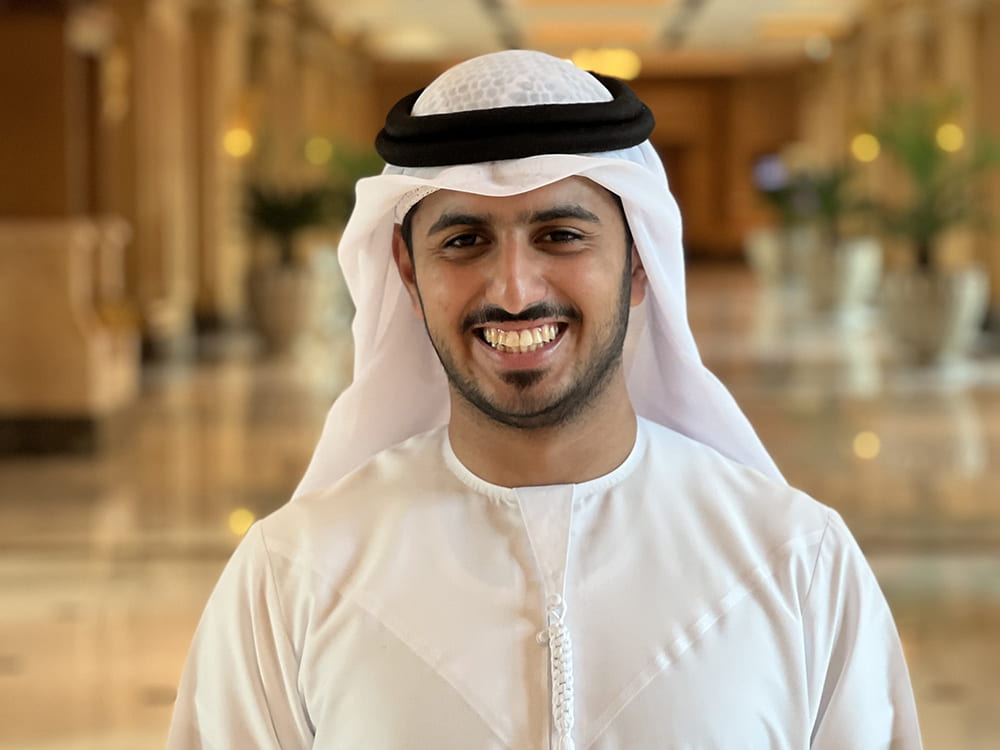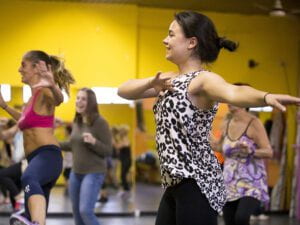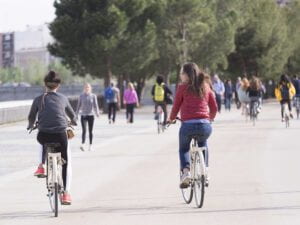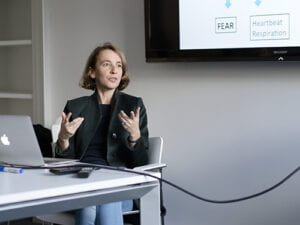When Kari Miller, program director for NYU Washington, DC, and affiliated faculty with NYU’s Department of Social and Cultural Analysis, sees the city, she finds a reservoir of public memory sites that speak to African American history and an unfinished story chronicling resilience over time. These observations are what she aims to share with NYU students from near and far in her class Black Lives Writing Washington, DC.
Each spring semester Miller begins the course with an exploration of the abolitionist movement. She then moves in chronological order through two other major movements in African American history: the Civil Rights Movement and Black Lives Matter.
“Through novels, poetry, visual arts, and in-person site visits to a variety of sites in Washington, DC, the course explores the connections between these three historical movements that have all been shaped by Washington, DC,” Miller says. “We explore the complexity of American and Washington, DC, history through the eyes of writers who, at some point in their lives, have called the city home.”
City Connections
To Miller, making real-world connections with topics discussed in the classroom is a vital part of learning—and of studying away at NYU Washington, DC. “We visit sites around the city in order to connect directly with historical neighborhoods and areas that relate back to the books that we read,” she explains.
After reading Narrative of the Life of Frederick Douglass, the first site visit is the National Park Service site of the abolitionist’s home. They visit Georgetown University as they read Rachel Swarns’ The 272: The Families Who Were Enslaved to Build the American Catholic Church. They visit the city’s Shaw neighborhood, home to Howard University, when they read Ta-Nehisi Coates’ Between the World and Me. They even visit the mansions of Logan Circle, a few blocks from the site’s academic center after reading Dinaw Mengestu’s The Beautiful Things That Heaven Bears, a novel that focuses on the Ethiopian-American community in Washington, DC.
“Excursions are very immersive, and student responses have been overwhelmingly positive,” Miller reflects. “Everyone especially enjoys our visit to the Martin Luther King Jr. Memorial during the National Cherry Blossom Festival.”
- Students from Miller’s Black Lives Writing Washington, DC, course visit the National Museum of African American History and Culture
- Black Lives Writing Washington, DC, students visit the Martin Luther King, Jr. Memorial
A Work in Progress
The course site visits, readings, and assignments don’t just encourage students to reflect on the past, but they celebrate the present as well. “I enjoy using all of the city’s art galleries and museums to make connections to our work through the visual arts,” she explains. “There is always a nearby or local exhibit in Washington, DC, that our students are able to go to, not only to appreciate Harlem Renaissance artists, but to learn about expressions of contemporary artists who are creating great works of art today.” Regardless of where in space and time Miller leads her students, the continuing story of African Americans and their impact on our nation remains at the center.
“In comparison to other nations that are thousands of years old, the United States is relatively very, very young. It is truly a work in progress,” Miller adds. “Through the history shaped and created in Washington, DC, I hope our students take away inspiration, motivation, and the desire to continue to build a better world, based on what we’ve learned and what we know is possible through movements, people, and progress.”
Written by Sarah Bender




